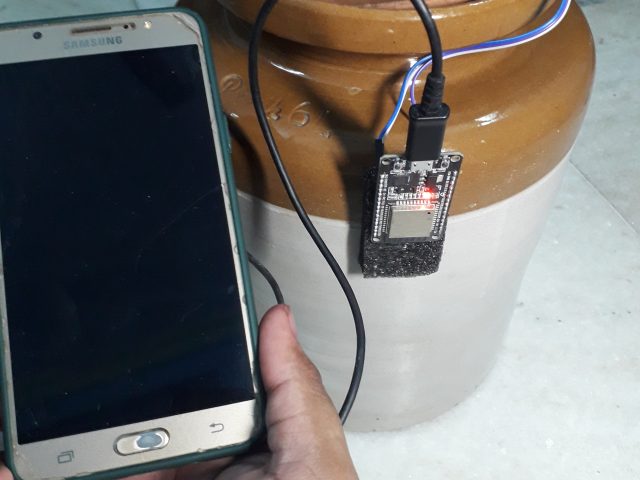
The goal of the project is to build a wireless system that can monitor the pickling jar by displaying live reading from a DHT11 sensor on a web server that displays the temperatures in Celcius and Fahrenheit also humidity, plus, a clock with the current day, month, year as well as, display the comment which indicates whether the current temperature is suitable for the fermentation process
For pickling vegetables such as sauerkraut, cucumber pickle, Jalapeno pickle temperature plays a vital role to create the quality of the pickle as it is a live probiotics bacteria that is good for the gut health and the ideal range for the fermentation process is 12 degrees Celcius,53.6 Fahrenheit to 29 degrees Celcius, 84 Fahrenheit, if the temperature increase above the 29 degrees Celcius, 84 Fahrenheit it can damage the vegetable usually, the hot climate countries such as India, Saudi Arabia, Dubai in summer months temperature can shoot up to 44-degree Celcius or even more in some countries so, in hot climate countries it literally becomes impossible to ferment any vegetable
With the help of this wireless system the people who like to ferment the vegetable in their houses to improve their gut health in hot climate countries, the system will make it easier for them to monitor temperature wirelessly and let them record the temperature inside an earthen jar and outside the jar
The GUI for the project is built with help of CSS, HTML, and javascript, moreover, to update the live reading from the DHT11 sensor javascript is used furthermore, javascript is also used to update current, date, month, year, time, AM/PM indicator and a comment that indicate whether a current temperature is suitable for the fermentation process, in addition, an external site called unsplash.com is used to change the background image of the GUI

